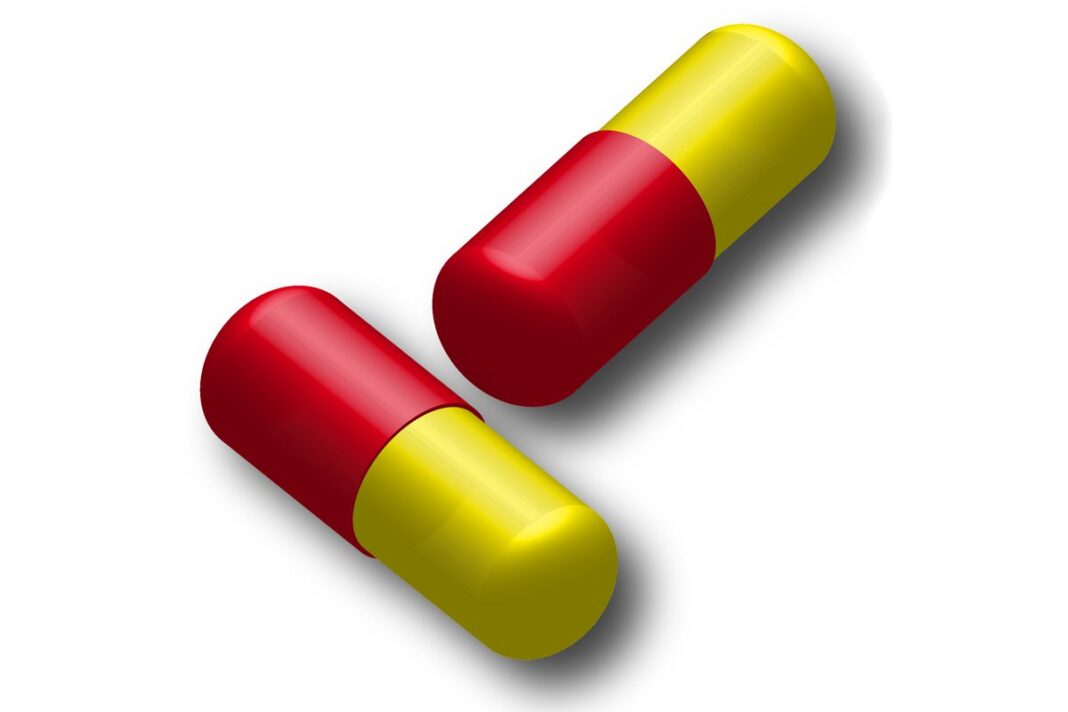Analysts say drugmakers wouldn’t risk a disadvantage in the United States, the world’s biggest economy and pharmaceutical market.
The U.S. tariff policy and its unmatched pharmaceutical market are pulling European drugmakers to invest more heavily, from new manufacturing plants to U.S. stock listings and discount pricing deals.
Since early 2025, European drugmakers have stepped up their U.S. presence. In the most recent move, the United Kingdom’s giant AstraZeneca announced on Sept. 29 a direct listing on the New York Stock Exchange, just months after pledging $50 billion of U.S. investment by 2030.
The UK-headquartered Indivior dropped its London listing in July to trade solely on Nasdaq, while Swiss giants Roche and Novartis unveiled U.S. expansion plans in April worth $23 billion and $50 billion, respectively. France’s Sanofi has likewise committed at least $20 billion in American projects through 2030.
The moves reflect both the pull of the U.S. market, which accounted for more than half of global prescription medicine sales in 2024, and the push of political signals from Washington.
On Sept. 25, President Donald Trump, after months of warning about pharmaceutical tariffs, announced a 100 percent levy on imports of branded and patented medicines from Oct. 1 unless manufacturers build plants in the United States.
“Pharmaceutical companies are very cognizant of what the White House is saying, and they’re acting accordingly,” Russ Mould, investment director at British investment platform AJ Bell, told The Epoch Times.
He said that the United States, as the world’s largest economy and the biggest pharmaceutical market, was not a place where any chief executive wanted to risk being put at a competitive disadvantage.
US Market Dwarfs Its Peers
According to data from the European Federation of Pharmaceutical Industries and Associations (EFPIA), North America represented 54.8 percent of global prescription sales in 2024, compared with 22.7 percent for Europe.
Between 2019 and 2023, two-thirds of new drug launches were made first in the United States, compared with just 16 percent across Europe’s top five markets.
That dominance has left non-U.S. drugmakers highly exposed to tariff risk. The European Union exported nearly €120 billion ($127 billion) worth of medicines to the United States in 2024, making America its largest pharmaceutical trading partner, according to the European Commission.
The United Kingdom alone shipped £7 billion ($8.5 billion) in pharmaceutical products across the Atlantic in the year to March 2025, UK government data show.
Industry analysts say the U.S. tariff policy, combined with Trump’s push for lower U.S. drug prices, are accelerating strategic shifts.
“It does look as though it is the direction of travel,” said Susannah Streeter, money and markets analyst at UK consultancy Consultable told The Epoch Times. “If companies are planning to build a factory in the United States, they will be exempt from extra tariffs. So this is concentrating minds among pharma giants about where to locate future manufacturing facilities.”








